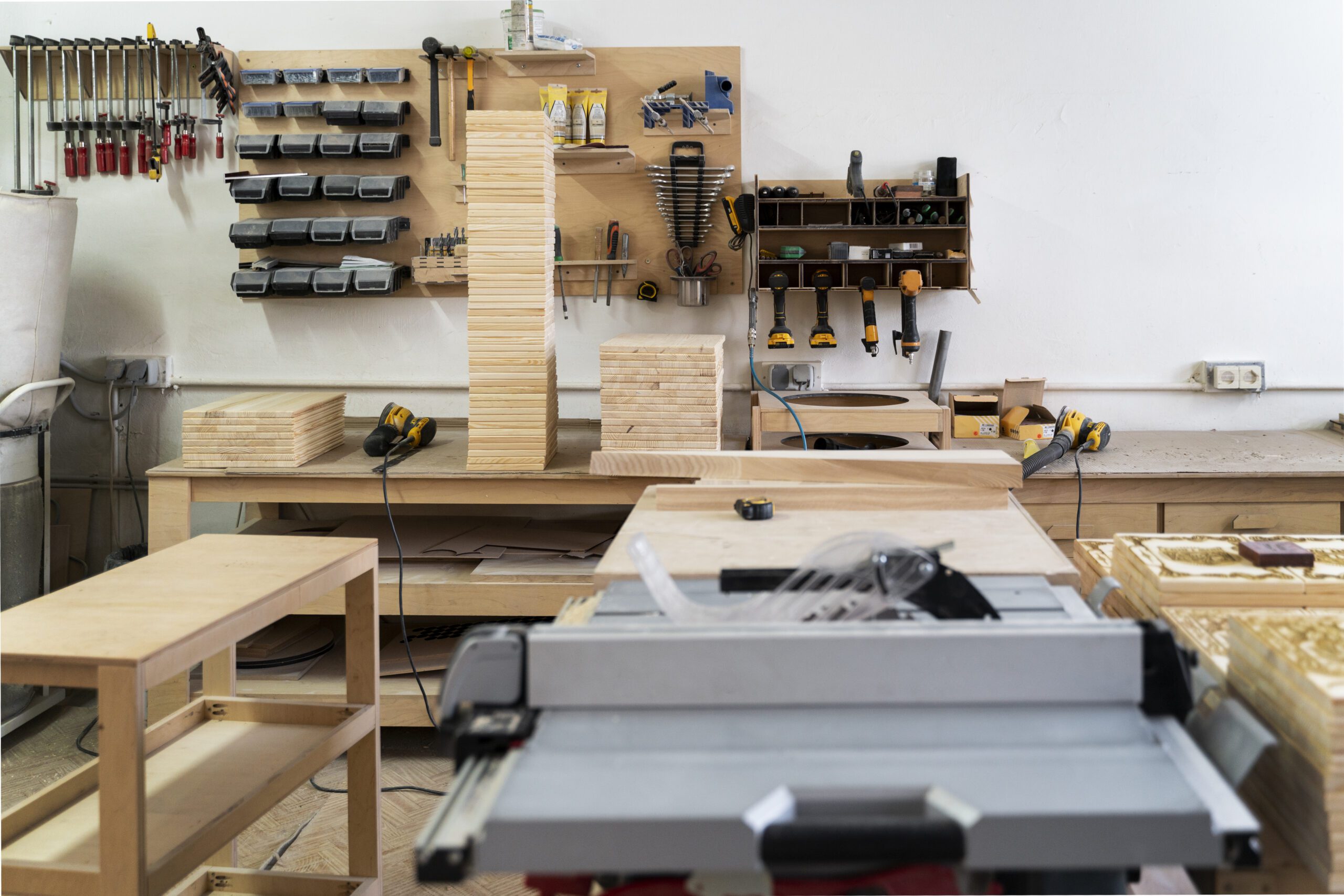A2 Steel: An In-Depth Look
A2 steel is a highly versatile tool steel known for its good toughness and high hardenability. It’s an air-hardening alloy with a diverse range of applications. Popular in knife-making, industrial tools, and dies, A2 steel offers a balanced combination of mechanical properties that make it a favorite among professionals. Understanding its composition, properties, and uses can provide insightful knowledge for those interested in metallurgy or tool-making.
Chemical Composition of A2 Steel
A2 steel’s composition plays a critical role in its performance and characteristics. It contains:
- Carbon: 0.95-1.05%
- Chromium: 4.75-5.50%
- Molybdenum: 0.90-1.40%
- Vanadium: 0.15-0.50%
- Manganese: 1.00%
- Silicon: 0.30%
- Iron: Balance
The carbon content gives A2 its hardness and edge retention. Chromium contributes to wear resistance and a degree of corrosion resistance. Molybdenum enhances toughness and strength. Vanadium refines the grain size, improving toughness. Manganese and silicon aid in steel’s tensile strength and hardness.
Properties of A2 Steel
A2 steel is renowned for its balance of toughness and wear resistance. Compared to other tool steels, it offers:
- Excellent hardness post-heat treatment, typically around 60-62 HRC
- High wear resistance, advantageous for cutting and impact tools
- Impressive dimensional stability during heat treatment
- Moderate corrosion resistance
- Good machinability in annealed condition
These properties make A2 steel a go-to choice for various demanding applications. Its dimensional stability during heat treatment minimizes workpiece distortion, which is crucial for precision tools and components.
Heat Treatment Process for A2 Steel
Proper heat treatment is essential to achieve the desired properties of A2 steel. The process involves several key steps:
- Annealing: Heat the steel to 1650°F (899°C) and hold for two hours, then cool slowly in the furnace to about 1000°F (538°C), followed by air cooling.
- Hardening: Heat to 1750-1800°F (954-982°C) and hold at temperature until uniform, then allow to cool in still air or use pressurized gas quenching for more uniform hardness.
- Tempering: Immediately after hardening, temper the steel at 350-500°F (177-260°C) depending on the desired hardness level. Tempering typically lasts two hours, followed by air cooling.
This treatment sequence maximizes A2’s mechanical properties, enhancing hardness for wear resistance while preserving the core toughness. Properly tempered A2 steel exhibits a fine balance between toughness and hardness.
Applications of A2 Steel
Given its mechanical properties, A2 steel finds usage in many fields. In the tool and die industry, it’s common for creating:
- Blanking and forming dies
- Shear blades
- Plastic injection molds
- Trim dies
- Punches and threading tools
A2’s ability to maintain sharp edges makes it ideal for woodworking tools, knives, and general-purpose cutting tools. The air-hardening characteristic is advantageous in tooling applications where distortion needs minimization. Its balanced properties are also valued in the production of industrial knives where a combination of edge retention and toughness is essential.
A2 Steel vs. Other Tool Steels
A2 steel often gets compared to other tool steels like D2 or O1. Each has unique attributes that suit different applications:
- D2 Steel: Known for higher wear resistance and slightly better corrosion resistance, but A2 has better toughness.
- O1 Steel: Offers excellent edge retention due to high carbon content but doesn’t match A2’s toughness or dimensional stability.
When choosing between these materials, it often boils down to the specific requirements of the task. A2 stands out in scenarios where ease of non-deformative heat treatment and a balance between toughness and hardness are prioritized.
Challenges and Considerations
Working with A2 steel does have challenges. Achieving optimal hardness requires precise control during heat treatment. Incorrect temperatures can lead to brittleness or insufficient hardness. Additionally, despite its air-hardening property, the cooling process must avoid drafty areas to prevent unwanted stress and distortion.
Machinability post-annealing is good, but care must be taken to avoid work hardening surfaces before finishing the machining, which can complicate later stages and lead to increased tool wear.
Summary
A2 steel is a robust, multi-purpose tool steel with properties tailored for high-stress applications. Its air-hardening nature, combined with toughness, wear resistance, and good edge retention, makes it suitable for many industrial tools. While working with it, precise heat treatment ensures the best results. Applications range widely from industrial uses such as dies and molds to high-performance cutting tools. Understanding A2’s properties and proper handling techniques can maximize performance and longevity in various applications.
